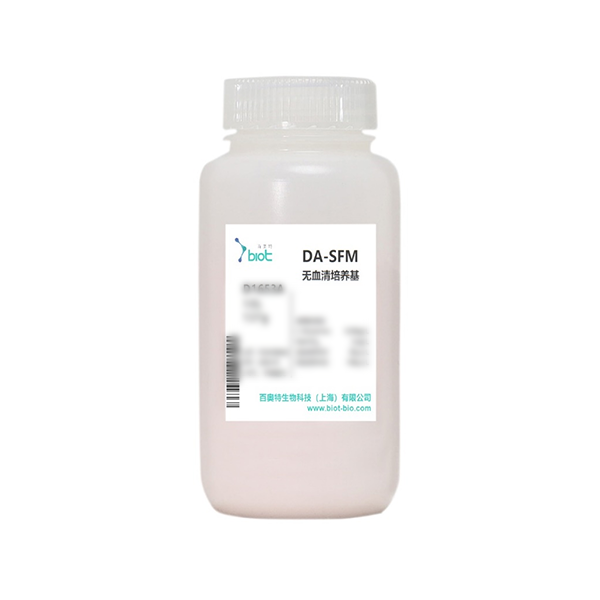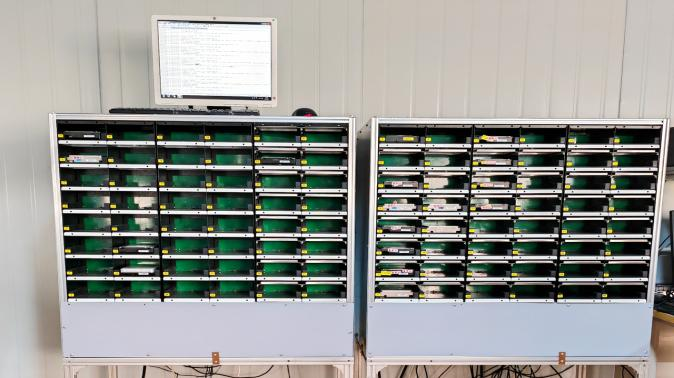A well-maintained and waterproof roof is crucial for the longevity and structural integrity of any building. In this blog post, we will delve into the intricacies of making a roof waterproof, exploring various techniques, materials, and best practices. Whether you are a homeowner or a professional in the construction industry, this comprehensive guide will equip you with the knowledge to ensure a watertight roof that withstands the test of time.
- Understanding the Importance of Roof Waterproofing:
- Explaining the detrimental effects of water damage on roofs.
- Highlighting the significance of proactive waterproofing measures.
- Discussing the cost-saving benefits of a waterproof roof in the long run.
- Assessing Roof Vulnerabilities:
- Identifying common areas prone to water leakage, such as roof valleys, flashing, and skylights.
- Explaining the impact of roof pitch and design on waterproofing strategies.
- Emphasizing the need for regular roof inspections to detect vulnerabilities early on.
- Selecting the Right Waterproofing Materials:
- Comparing different types of roofing membranes, including bitumen, EPDM, TPO, and PVC.
- Discussing the pros and cons of each material, considering factors like durability, flexibility, and ease of installation.
- Providing insights into choosing the most suitable material based on climate, budget, and roof type.
- Implementing Effective Waterproofing Techniques:
- Exploring the process of applying liquid waterproofing coatings, such as acrylic, silicone, or polyurethane-based products.
- Detailing the steps involved in installing roofing membranes, including proper surface preparation, adhesive application, and seam sealing.
- Introducing innovative techniques like green roofs and inverted roofs for enhanced waterproofing performance.
- Maintaining and Repairing Waterproof Roofs:
- Outlining a regular maintenance routine to prevent water damage and prolong the lifespan of the roof.
- Offering guidance on identifying and addressing common roof issues, such as cracked or missing tiles, damaged flashing, and clogged gutters.
- Highlighting the importance of professional roof inspections and repairs to ensure optimal waterproofing.
Conclusion:
Achieving a waterproof roof requires a combination of knowledge, careful planning, and the use of appropriate materials and techniques. By understanding the vulnerabilities of your roof, selecting the right materials, and implementing effective waterproofing strategies, you can safeguard your property from water damage and enjoy a durable, leak-free roof for years to come.



